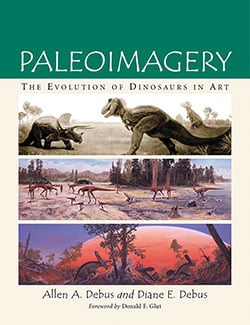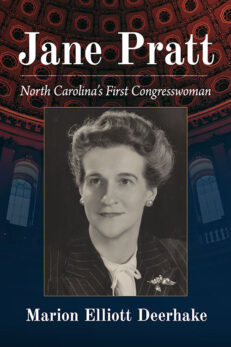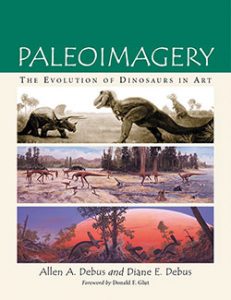Paleoimagery
The Evolution of Dinosaurs in Art
$45.00
In stock
About the Book
Other than seeing them in popular movies such as Jurassic Park, how do people today know what dinosaurs and other prehistoric animals looked like? Only their fossils remain, but thanks to paleoartists most people have a good idea of what these creatures looked like. The world of paleoart and its artists are the subject of this richly illustrated work. It explores themes in the depiction of dinosaurs and other prehistoric animals, paleoart’s history and speculative nature and its effect on scientists’ impressions of prehistoric animals. Also explored are such topics as the careers of several paleoartists, including Georges Cuvier, Gideon Mantell, John Martin, Neave Parker, Benjamin Waterhouse Hawkins and Charles R. Knight, the depiction of scientific ideas about dinosaurs and prehistoric animals on canvas and in sculpture, the purpose and process of restoring them in museums, the significance of certain restorations and images, and the development of paleoart in America.
About the Author(s)
Bibliographic Details
Allen A. Debus and Diane E. Debus
Foreword by Donald F. Glut
Format: softcover (8.5 x 11)
Pages: 293
Bibliographic Info: 126 photos, notes, bibliography, index
Copyright Date: 2011 [2002]
pISBN: 978-0-7864-6420-3
Imprint: McFarland
Table of Contents
Foreword 1
Preface 3
1 Dinosaurs and Evolution—Conflated Imagery 7
2 Kronosaurus—An Imaginary Sea Monster That Got Away 13
3 Grandmasters of the Paleoartists’ Hall of Fame 20
4 John Martin and the Element of Paleoart Fantasy 28
5 Henry Ward’s Last Great Siberian Mammoth 32
6 Benjamin Waterhouse Hawkins—A Modern Pygmalion 42
7 A Mythic Place in Time-Spirit in the Knight 48
8 Paleoart—Search Image and Theory 52
9 Verne’s Paleontological Journey 60
10 Time for Dinosaurs 67
11 Plated Puzzle 73
12 America’s Paleoart Reformation 83
13 A Tertiary Primer 97
14 Othenio Abel—Artistic Founder of Paleobiology 102
15 Zdenek Burian’s Global Visions of Prehistory 105
16 The Ages of Zallinger 108
17 Neave Parker’s Prehistoric World 111
18 Acanthopholis—a “Twilight Zone” Dinosaur 115
19 Bully for Laelaps 120
20 Tickled by Feathers 126
21 Inside-Out Mastodon 135
22 Louis Paul Jonas’ Prehistoric Sculpturdermy 142
23 Speculative Paleontology—Lessons in Reverse Paleontology 147
24 Portraying Paleocatastrophe 152
25 Tyrant Queen—Icon-o-saurus Rex 157
26 The Great Dinosaur Race-Wisconsin’s Dinosaurs 164
27 Illuminating Fossils from the Dark Continent 172
28 Hypsilophodon—a “Super” Dinosaur 180
29 High Stakes Dinosaur—Las Vegas’ Robotosaurs 185
30 Ernie’s Paleozoo 190
31 Building Life-Sized Dinosaurs 193
32 Those Incredible Shrinking Dinosaurs 208
33 Joined at the Hip? 212
34 The Big Sho` 217
35 THUNDER in Their Footsteps 226
36 Renaissance Dinosaurs 234
Notes 243
Bibliography 275
Index 283
Book Reviews & Awards
- “entertaining…invaluable…unprecedented…simultaneously educates and delights, goals felicitously achieved here…a wealth of illustrations”—Booklist
- “nicely illustrated…a beautiful hardcover book packed with historic illustration”—Prehistoric Times
- “a veritable tour de force of dinosaur imagery…in depth…refreshing…excellent…exhilarating”—Dino Land
- “valuable”—The Canadian Field-Naturalist
- “if you are interested in the history of dinosaurs in popular culture, Debus is an author you simply cannot ignore…Debus does a huge service to those who work in the history of science”—H-Net Reviews





